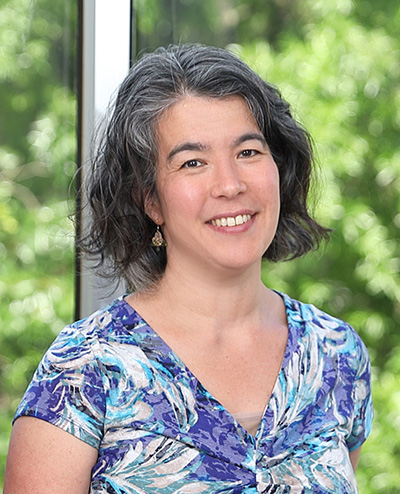
Dr. Morgan received her Ph.D. in physics from the Massachusetts Institute of Technology, Cambridge, where she worked in Marc Kastner’s group on electronic transport in quantum-confined structures. She then joined the NIH Intramural Research Program (IRP), where she has applied her expertise in microfabrication and measurement techniques to problems in biomedical research. In 2010, she created the Microfabrication and Microfluidics Unit (MMU) as part of the Biomedical Engineering and Physical Science (BEPS) shared resource, housed in NIBIB. The MMU collaborates with scientists across the NIH IRP who are interested in making and using customized microfabricated devices, including researchers with no prior engineering experience. Since 2018, Dr. Morgan has served as the Acting Director of BEPS, and in 2023 she was appointed Deputy Director of NIBIB’s Center for Biomedical Engineering and Technology Acceleration (BETA), where she has the opportunity to further expand interdisciplinary research at NIH. Dr. Morgan graduated from the University of Chicago with a bachelor’s degree in physics and mathematics, followed by a one-year Churchill Scholarship at Churchill College, University of Cambridge, England.
- Development and fabrication of microfluidic devices, especially for controlling cellular environments to improve in vitro models.
- Development and optimization of sensitive optical detection techniques, particularly LIF, for multiplexed small-sample and microfluidic analysis
- In the past, the study of the physical and chemical properties of semiconductor nanocrystals and experiments using them as biological probes in whole-animal measures
